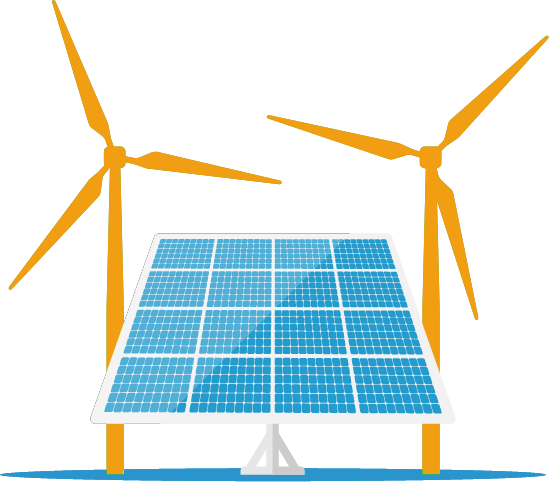Ohio Sunshine is an energy company using leading-edge technology to bring sustainable renewable energy to global economies.
Ohio Sunshine is an energy company using leading-edge technology to bring sustainable renewable energy to global economies.






Years Of Experiences
We are passionate about harnessing the power of solar energy to create a sustainable future. As an innovative energy company, we are committed to utilizing cutting-edge technology to bring renewable energy solutions to global economies. Our mission is to provide clean, reliable, and affordable solar solutions that reduce environmental impact and drive the transition towards a greener world. With a focus on efficiency and next-generation technology, we strive to be the leader in global renewable energy technology and production. Join us on this journey towards a brighter and more sustainable tomorrow.
BlackStar International is an energy company using leading-edge technology to bring sustainable renewable energy to global economies.
BlackStar strives to be the innovation leader in global renewable energy technology and production.

Copyright 2025. OHIO SUNSHINE. All Rights Reserved.